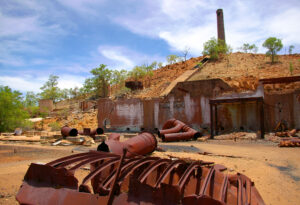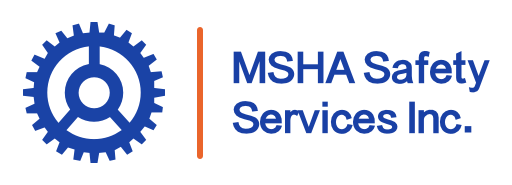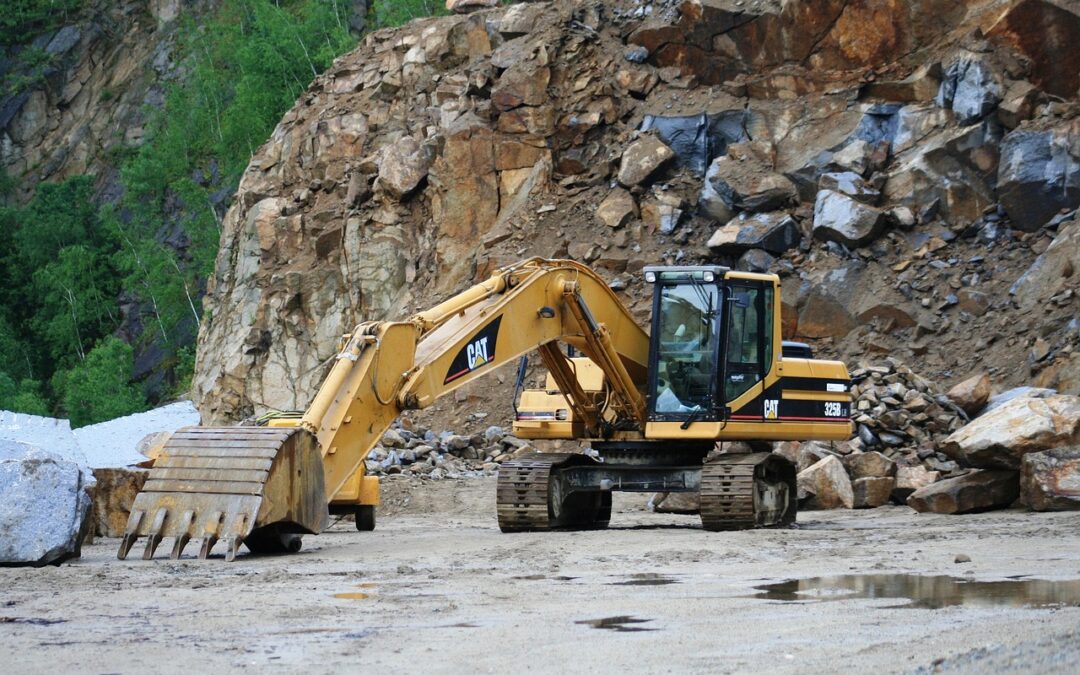Mining fuels industries by providing essential resources that power economies and build modern infrastructure, but work conditions have improved due to MSHA regulations, which have significantly enhanced safety in mines. In this article, we’ll explore how these rules have reshaped working conditions and examine what miners experience on the job today.
A Short History of Working Conditions in the Mines
Historically, working conditions in the mining industry were perilous. Miners faced dangerous environments, including poorly ventilated spaces, inadequate safety equipment, and minimal regulatory oversight. Major incidents, such as the Monongah Mine disaster of 1907, where over 360 miners lost their lives, highlighted the urgent need for safety regulations. In response, the government established the Mine Safety and Health Administration (MSHA) in 1977, marking a significant turning point in the quest for safer working conditions.
The Difference in Working Conditions Between Underground vs Surface Mines
Underground mining presents unique challenges compared to surface mining. Underground mines often face issues like limited visibility, confined spaces, and high risks of gas explosions. In contrast, surface mines typically have better ventilation and easier access to equipment and emergency exits. However, both types of mining operations must comply with MSHA regulations to ensure miner safety and health. The differences in working conditions emphasize the importance of tailored safety measures suited to each mining method.
What are Some Common Mine Incidents?
Mining remains a high-risk industry, with incidents ranging from minor accidents to catastrophic events. Among the most common are cave-ins, equipment malfunctions, and prolonged exposure to hazardous substances like silica dust and toxic gases. Cave-ins can trap or severely injure workers, while equipment failures—such as faulty drills, conveyors, or haul trucks—pose serious threats due to the size and power of machinery used in mining operations. Hazardous material exposure can lead to long-term health conditions like silicosis or respiratory illnesses.
MSHA plays a vital role in tracking and analyzing these incidents, helping to identify patterns and implement necessary changes. Through meticulous data collection, MSHA has been able to introduce enhanced safety protocols, develop more comprehensive training programs, and enforce stricter regulations. These efforts have significantly reduced the occurrence of such incidents over the years, but vigilance remains essential. Understanding and addressing these common dangers is not just about compliance—it’s about ensuring that miners return home safely after every shift. Miners and operators must remain proactive, using these insights to create a safer working environment for all.
What Rules has MSHA put in Place to Protect Miners?
MSHA has implemented a robust set of rules and regulations designed to mitigate the numerous hazards miners face daily. One of the most significant and recent regulations is the silica ruling, which specifically targets the improvement of air quality in mining operations. Silica, a naturally occurring mineral found in rock and soil, becomes airborne during mining activities, posing a severe health risk when inhaled. Prolonged exposure to silica dust can lead to silicosis—a progressive, irreversible lung disease that severely impacts a miner’s quality of life.
To combat this threat, MSHA has tightened its regulations on silica dust exposure, enforcing stricter permissible exposure limits (PELs). This ruling requires mining operations to implement enhanced ventilation systems, continuous monitoring of air quality, and dust suppression techniques such as water sprays and enclosed cabins. Operators are also mandated to provide personal protective equipment (PPE) and undergo regular health screenings to detect early signs of lung disease.
Beyond silica, MSHA has introduced a variety of other regulations to protect miners from hazards like equipment failures, cave-ins, and exposure to toxic gases. These include mandatory training programs under MSHA Part 46 and 48, which ensure miners are well-versed in safety protocols, hazard recognition, and emergency response. MSHA’s rigorous inspection schedule and penalties for non-compliance further reinforce a culture of safety in the mining industry. Together, these rules have transformed the mining landscape, prioritizing not just productivity but the health and well-being of every miner.
How Have These Rules Improved Working Conditions?
The rules and regulations set forth by MSHA have revolutionized working conditions in the mining industry, transforming a once notoriously hazardous environment into a far safer and more sustainable workspace. Enhanced safety training, regular inspections, and clear guidelines for hazard reporting have all contributed to a safer mining environment.
One of the most impactful changes has been the mandatory implementation of comprehensive safety training programs, such as those required under MSHA Part 46 and 48. These programs equip miners with the skills to identify potential hazards, properly use equipment, and respond to emergencies, significantly reducing the likelihood of accidents.
Regular inspections and enforcement of safety standards have also played a pivotal role in minimizing the risk of fatalities or injury. MSHA’s rigorous inspections ensure that mines are held accountable for maintaining safe operations, with penalties for violations driving operators to stay compliant.
Furthermore, by promoting a culture of safety and accountability, MSHA has empowered miners to advocate for their health and well-being. The results are clear: fewer injuries, healthier workers, and a more sustainable mining industry.

What To Do If You Feel Your Mine Is Not Maintaining High Enough Standards
If mine operators feel their workplace is not adhering to safety regulations, it’s essential to take action. Hiring a consultant, such as MSHA Safety Services Inc., can help identify and rectify issues before MSHA steps in and issues a costly citation. Proactive measures not only protect the miners but also contribute to the overall safety culture within the mining operation.
Building a Safer Tomorrow for the Mining Industry
The impact of MSHA cannot be overstated–MSHA regulations have brought significant improvements to the safety and working conditions in mining. By addressing past challenges and implementing stricter safety measures, these regulations have helped create a more secure environment for miners. The ongoing focus on both health and safety continues to shape the industry, ensuring that miners are not only protected from immediate hazards but also safeguarded from long-term health risks like respiratory issues. As the mining landscape evolves, the role of MSHA’s rules will remain essential in maintaining a safer, healthier, and more sustainable future for all

